What is Middle Eastern cuisine?
Think hummus, falafel, and pitta bread. Lately, these items have been popping up even on non-Middle-Eastern-centric menus in a testament to their growing appeal.
Middle Eastern cuisine is a broad term referring to dishes originating from the regions of Iran, Israel, Syria, Turkey, Armenia, Azerbaijan, Georgia and Cyprus. Home to the Fertile Crescent, the Middle East holds a wealth of wheat and grains, as well as staple ingredients such as beans, pistachios, figs and dates.
The Middle East’s geographical location at the crossroads of Europe and Asia also means that a lot of ingredients and recipes are brought through and introduced there.
Just scrolling through The Kitchn’s ‘Middle Eastern’ tag has me drooling at the ceaseless stream of recipes available, from shwarmas to shakshukas to couscous salads. It’s no wonder people all over the world are clamouring to make and eat them—after all, the ingredients sound so homely and hearty.
I’m sure some of you are itching to eat these pictures now, but before you drool on your screen, let’s take a look at some of the common ingredients and dishes in Middle Eastern cuisine.
Stay tuned for some recommendations for where you can find good Middle Eastern fare in Singapore at the end of this article.
Common Middle Eastern ingredients and dishes
1. Olives
Olives are the fruit of the olive tree, Olea europaea, and are widely used whole and for their oil. A kind of stone fruit, the olive is a rich source of antioxidants and Vitamin E.
Green and black olives are often cured and fermented to remove bitterness, though some people don’t not like the resulting briny taste. Olives are commonly seen as side dishes in Middle Eastern cuisine, after being washed and marinated in aromatics such as garlic, bay leaves and olive oil.
Speaking of which, olive oil is made from grinding perfectly ripened olives to extract their fats. ‘Extra virgin’ when referring to olive oil is the oil obtained from the first mechanical or hand-pressing of olives, usually within the first 24 to 72 hours of harvesting. They tend to taste more bitter and fruity. Olive oil is also an important source of flavour in cooking.
2. Chickpeas
You’ll see chickpeas most often in hummus, the delicious blend of mashed chickpeas, garlic, tahini and lemon juice. Also known as garbanzo beans, they’re a kind of legume rich in protein and fibre. When eaten whole, they have a grainy and nutty mouthfeel.
Chickpeas can be bought dry or canned, though I much prefer the latter for convenience.
Apart from hummus, they are also delicious when spiced and added to salads for an extra dimension of flavour.
Personally, I’m a fan of mashed chickpeas because of the versatility—turn them into a hummus or a falafel (a deep-fried ball made of mashed chickpeas). Either way, with the right seasoning, chickpeas taste delicious.
3. Sumac
Ah, sumac. This reddish-purple spice is an indispensable component of Middle Eastern cuisine, flavouring meats and vegetables with a tart, lemony taste. Its beautiful colour also makes it a very attractive garnish.
Sumac comes from the flowering sumac plant, and the spice is made from grinding the berries into a powder.
4. Pitta
Pitta bread is a yeast-leavened round flatbread, often with a pocket to sandwich ingredients in. Baked with wheat flour, water and salt, they’re traditionally prepared in clay ovens but production has been made more efficient with hotter commercial ovens. Unlike many other leavened breads, pitta is only left to proof for a short 15 minutes.
Fill it with meat, falafel and vegetables, or tear off pieces to dip in stew or labneh (yogurt strained to the consistency of soft cheese). They make for such satisfying and filling meals.
5. Phyllo
Phyllo, in contrast to pitta, is a very thin and unleavened dough commonly used in making pastries and desserts. These pastries are brushed with butter or oil and layered before baking, resulting in a flaky pastry similar to that of puff pastries.
In Middle Eastern food, you can find phyllo dough in desserts like baklavas (layered pastry with sweet fillings) and kanafeh (pie-like dessert made of shredded phyllo pastry).
Now that I’ve hopefully gotten your stomachs rumbling, here are some places in Singapore where you can find good Middle Eastern fare. I’ve included some choice dishes for each place so that you can head to them if you’re curious about a particular dish.
Where to find Middle Eastern food in Singapore
1. Sofra Turkish Cafe and Restaurant
Sofra, which means ‘dining table’ in Turkish, serves authentic Turkish and Mediterrenean cuisine. Their folksy furnishings lend the place a warm and inviting air, and their food seems to have attracted them quite a following on social media.
Their Hummus (S$6.20) is one of the most popular and loved dishes here. It sticks to the classic style of preparation, with a simple mixture of mildly spiced creamed chickpeas with tahini and lemon juice.
Pair the Hummus with a light Sesame Bread (S$3.90) to start your meal. Fragrant with sesame, this is going to leave you wanting more.
Sofra Turkish Cafe and Restaurant is in the midst of relocating to their new premises at Marina Square in October 2020. In the meantime, look out for updates on their reopening via Instagram and Facebook.
Sofra Turkish Cafe and Restaurant: 6 Raffles Boulevard, Marina Square, Singapore 039594 (exact address to be confirmed) | +65 6291 1433 | Opening Hours: TBC | Facebook | Instagram | Website
2. Beirut Grill
Beirut Grill is a restaurant along Bussorah Street serving Lebanese cuisine, with key herbs and spices imported all the way from Beirut. With an atmospheric outdoor dining setup, this is a great place to chill with friends over a slow evening.
Another attractive thing about Beirut Grill is their generous selection of vegetarian and vegan options, such as the vegetarian Mousakaa (S$20) and vegan Falafel (S$10).
The falafels are made of deep-fried fava beans and chickpeas shaped into croquettes and served with tahina sauce (a condiment made from toasted ground hulled sesame).
Beirut Grill: 72 Bussorah Street, Singapore 199485 | Tel: +65 6341 7728 | Opening Hours: 11.30am – 10pm (Mon to Fri), 11.30am – 11pm (Sat & Sun) | Facebook | Instagram | Website
3. Fill A Pita
Fill A Pita is a vegetarian pitaria dedicated to using the freshest ingredients to bring wellness to their customers meals. Their menu is entirely vegetarian and halal, and none of their dishes contain egg in them. At the same time, they strive to offer food that is still rich in protein and fibre.
Obviously, this is the prime spot for you to try the pitta that I mentioned earlier—try the Eggplant Pita (S$11), a flatbread sandwiching baked eggplant with fresh herbs and spices. Fresh salad, tahina sauce and harissa (hot chilli pepper paste) accompany this vegan dish.
If you’d prefer something lighter that day, opt for a Hummus (S$4 for regular), which also pairs deliciously with their Pita Bread (S$3 for four slices).
Fill A Pita: 3 Pickering Street, Nankin Row, China Square Central, #01-29, Singapore 048660 | Tel: +65 8218 1535 | Opening Hours: 11am – 8pm (Mon to Fri), 11am – 12am (Sat & Sun) | Facebook | Instagram | Website
4. Stuff’d
In a hurry? Get Middle Eastern fast food at Stuff’d, a Turkish–Mexican takeaway chain.
The thing that struck me first with Stuff’d was the vertical rotisserie in their outlets, so customers could see the meat being cooked. Though Stuff’d takes inspiration from a few cuisines and isn’t traditionally Middle Eastern, their Chicken Kebab (S$5.30) is worth a try if you’re in a hurry. You can also top up for Cheese at S$1.
Filling and satisfying, Stuff’d is very aptly named. If you’re craving affordable Middle-Eastern-inspired food while on the go, they’re a pretty good option. Stuff’d also has many locations across Singapore, which makes them more accessible than the other suggestions on this list.
Stuff’d: 68 Orchard Road, Plaza Singapura, #B2-43, Singapore 238839 | Opening Hours: 10.30am – 8pm (Daily) | Facebook | Instagram | Website
5. Derwish Turkish Restaurant
I found Derwish Turkish Restaurant by chance. My friend and I were aimlessly wandering the area looking for a place to eat, when we were jauntily beckoned into this restaurant. The waiter at Derwish was the most friendly face out of the whole row of restaurants along Bussorah Street, such that we couldn’t refuse.
We weren’t sorry for that mild pressuring at all—everyone was so welcoming and the food simply yelled for us to return even before we’d left.
Since I’ve recommended starters and mains so far, I’d like to recommend some dessert here, such as the Kunefe (S$13) and Baklava (S$11). The Kunefe involves shredded phyllo pastry, shredded cheese, and sugar syrup baked together, before it is served with cream.
Derwish Turkish Restaurant: 60 Bussorah Street, Singapore 199476 | Tel: +65 6298 8986 | Opening Hours: 11am – 11pm (Daily) | Facebook | Instagram | Website
So there we have it; the first-timer’s guide to Middle Eastern cuisine. I hope you’ve gotten as hungry from reading this article as I did from writing. Which place are you most keen to try first? I, for one, can’t wait for my next visit back to Derwish.
The post First-timer’s guide to Middle Eastern cuisine: Signature ingredients & the best places to eat appeared first on SETHLUI.com.

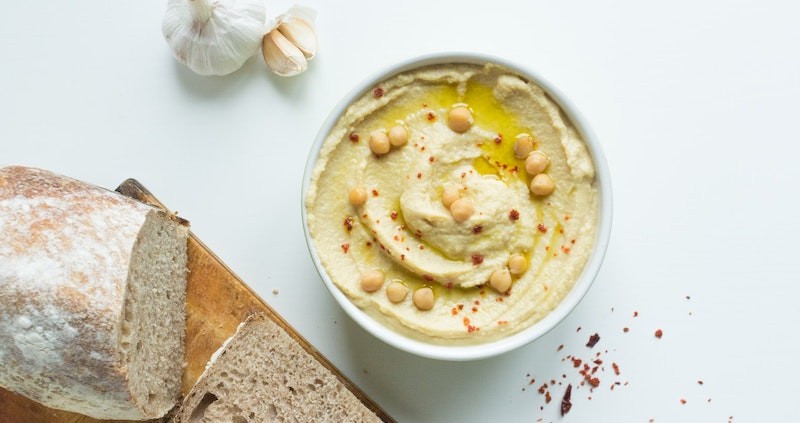






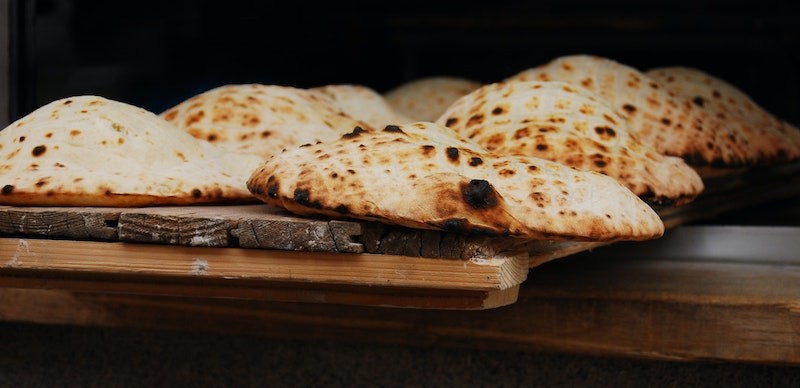


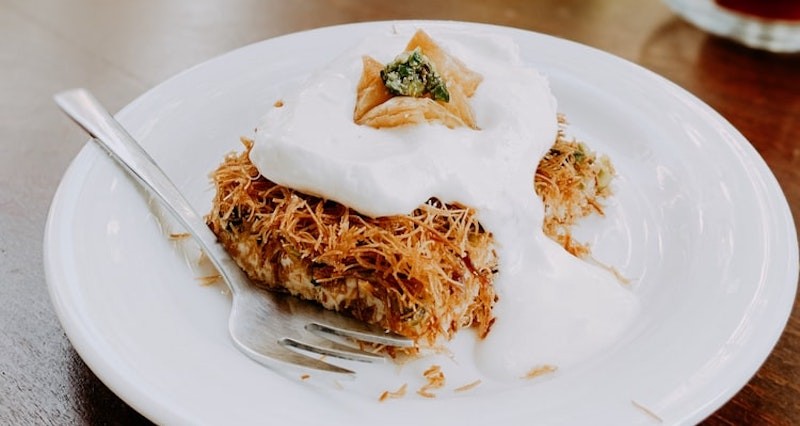
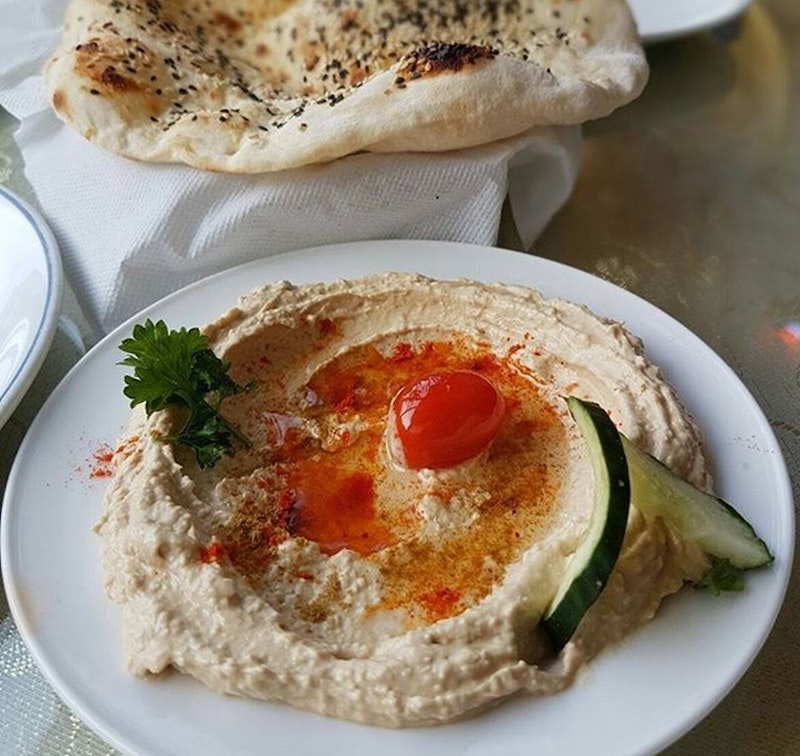
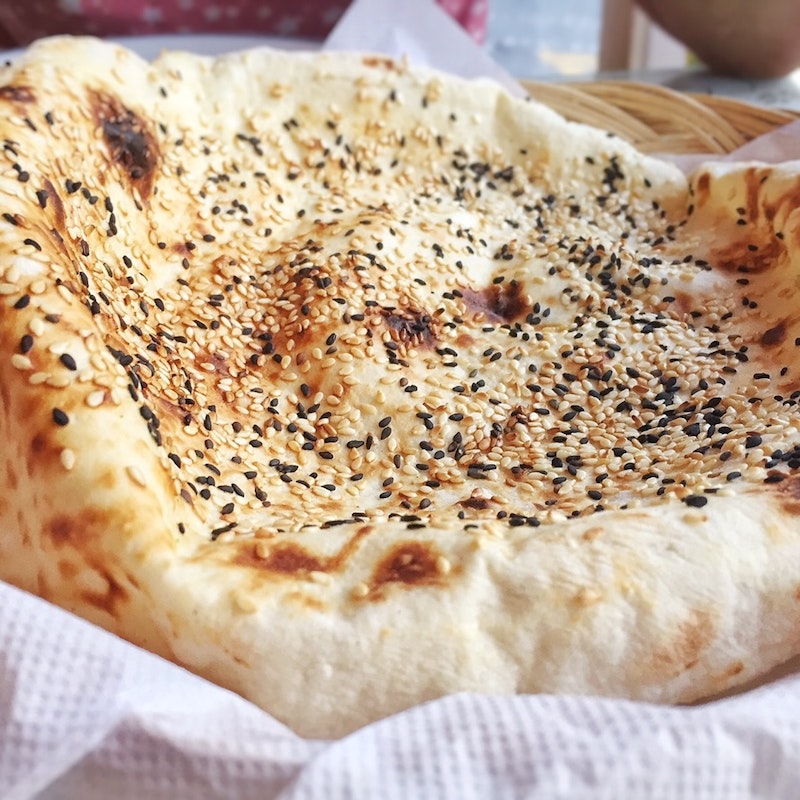
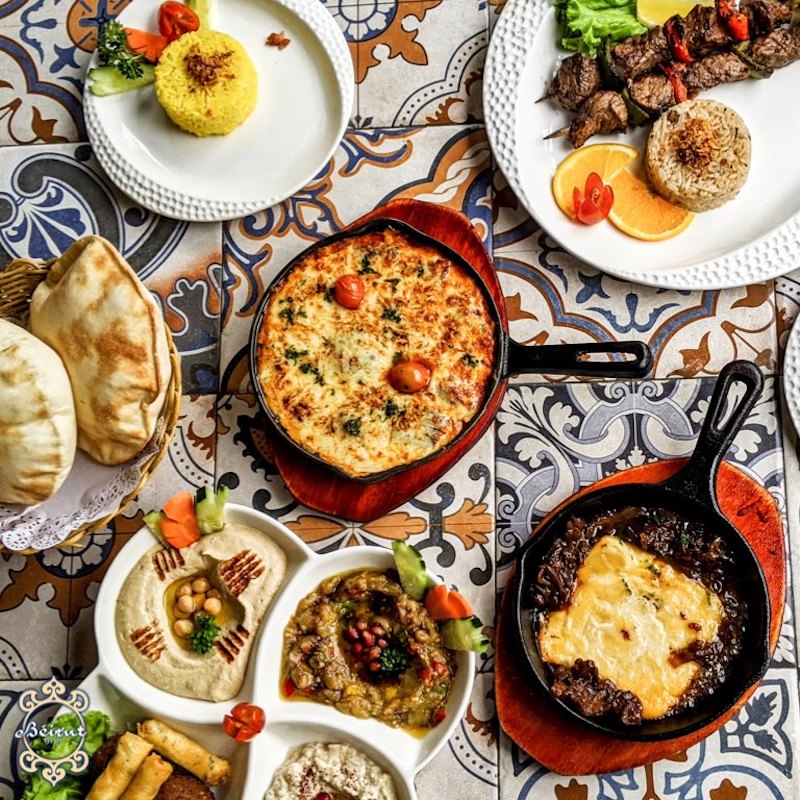


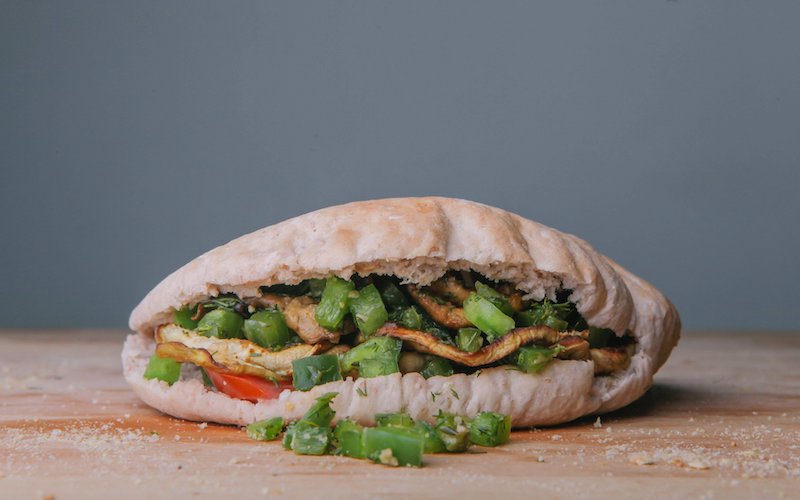

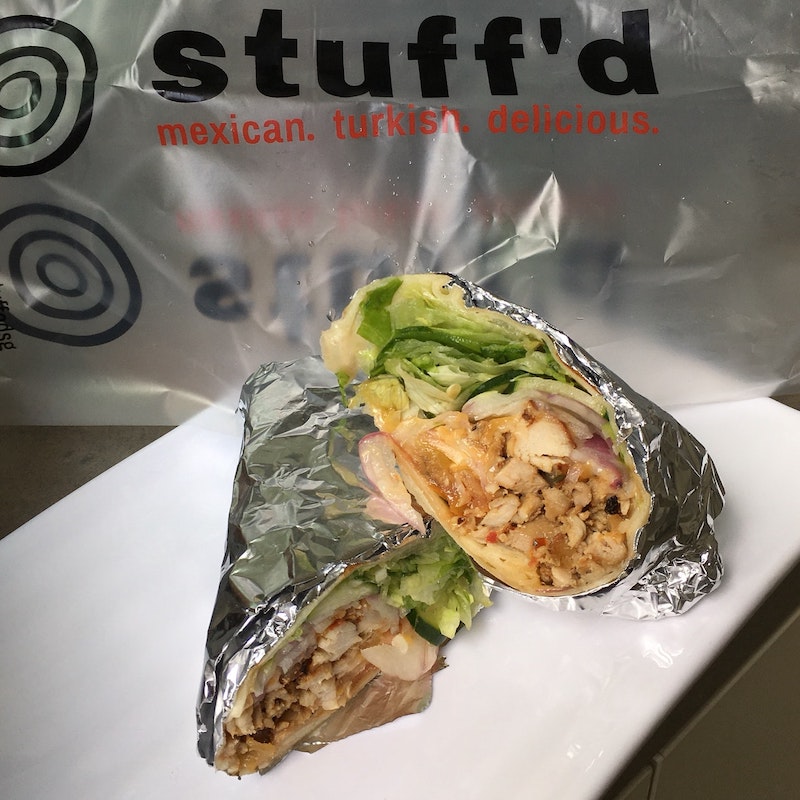
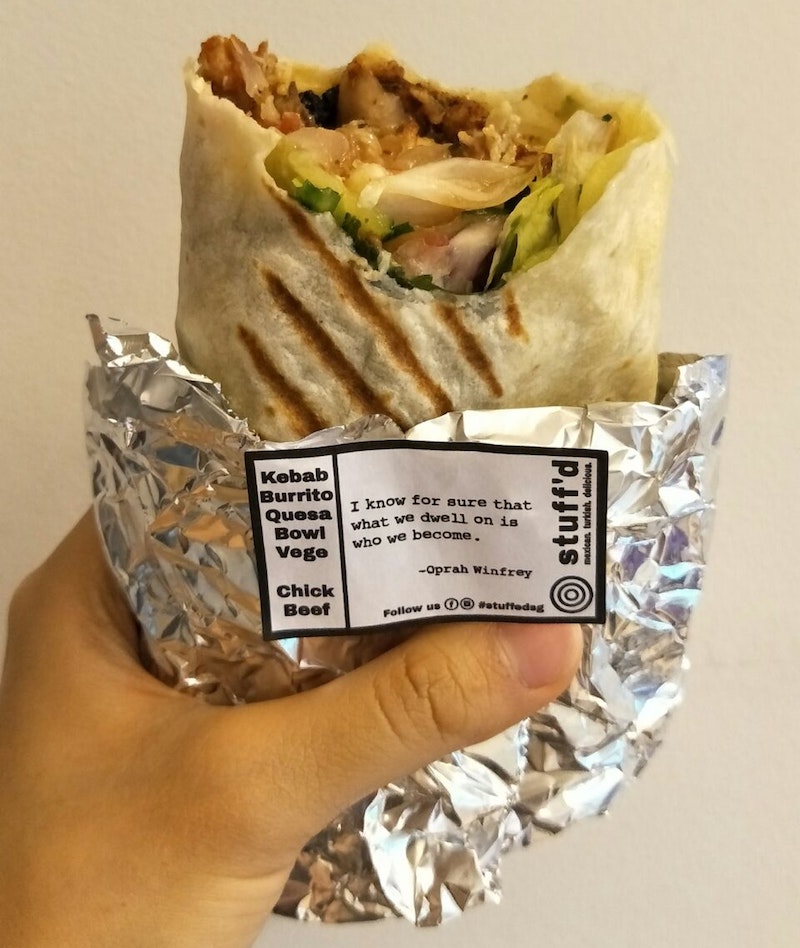

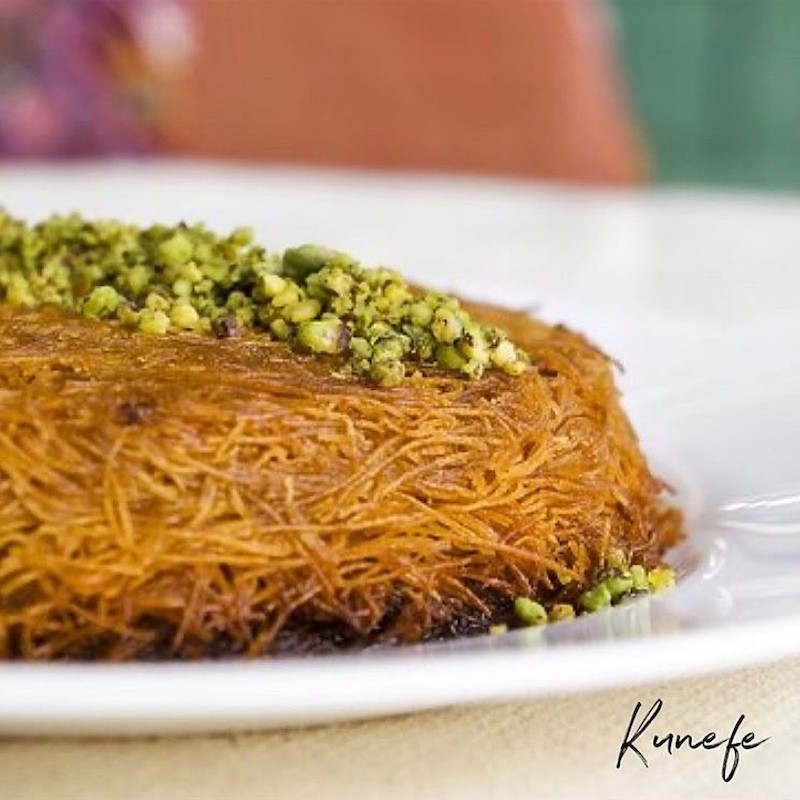





0 comments:
Post a Comment